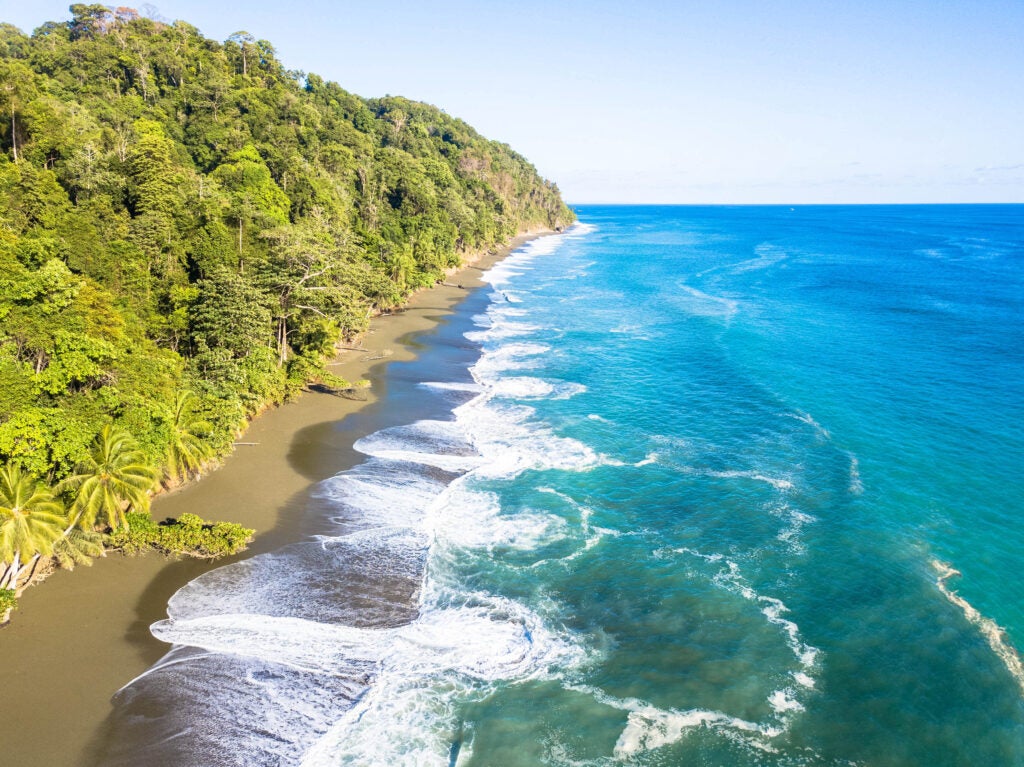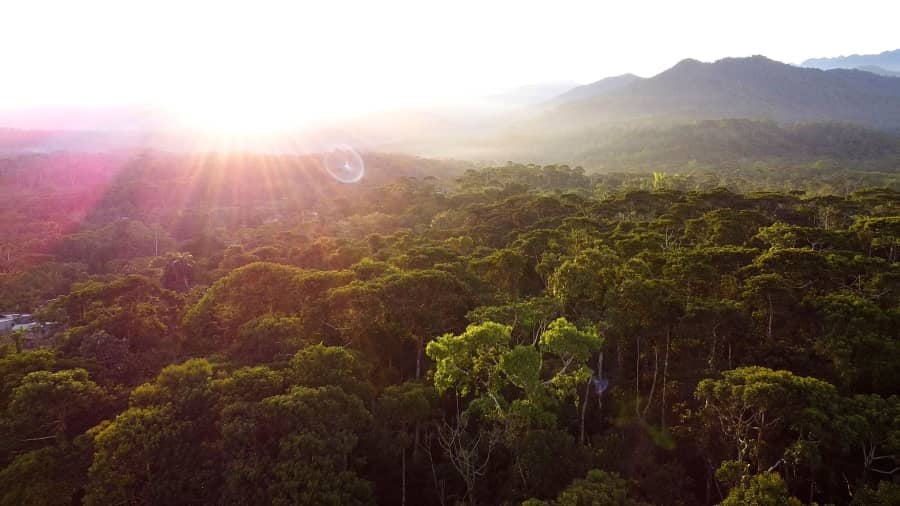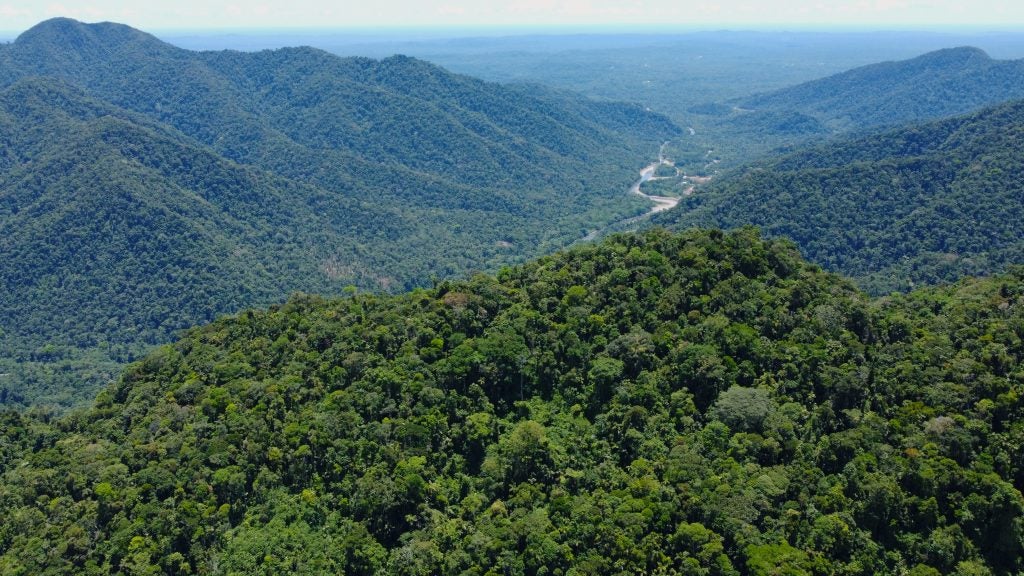
Natural climate solutions include conserving tropical forest and ocean ecosystems. Photo: Eisenlohr, iStock
This blog was co-authored by Britta Johnston, Senior Policy Analyst for Natural Climate Solutions at EDF.
Heading into COP28, nature as a climate solution has been making headlines, and rightfully so. Sustainably conserving, restoring, and managing the world’s ecosystems is one of the most powerful tools we have to meet global climate goals.
A recent study finds that restoring global forests where they occur naturally could potentially capture 226 gigatons of carbon, and 61 percent of the carbon storage could come from protecting existing forests.
We are beginning to realize the promise of protecting forests. Another report finds that deforestation in the Brazilian Amazon has dropped by 22.3 percent as a result of active intervention to curb forest loss – the lowest it has been since 2018.
Moreover, advancements in policies and practices to build resilience in boreal and temperate forest ecosystems, along with strategies for mitigating catastrophic wildfire, can ensure these ecosystems remain net greenhouse gas sinks.
Oceans also have climate mitigation potential. New evidence suggests that organisms in the mesopelagic zone, a region of ocean between 200 and 1,000 meters deep containing 95 percent of ocean biomass, may trap millions of tons of carbon each year by feeding in surface waters at night and diving back down in the day.
We have better science than ever before about nature’s role as a climate solution, and signs of progress on very important fronts. That’s why nature must be at the heart of conversation and action at COP28, both inside and outside the negotiation rooms.




